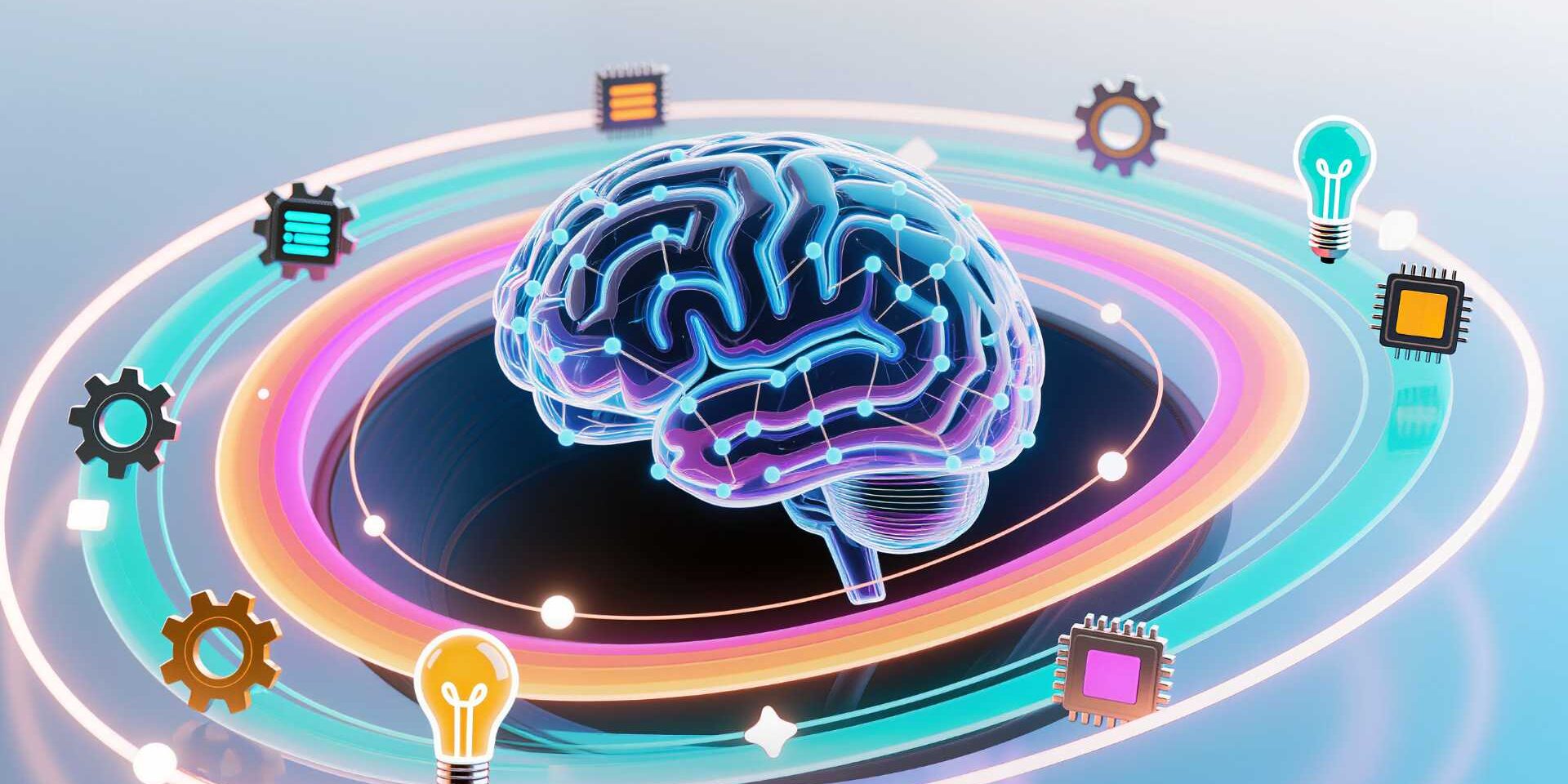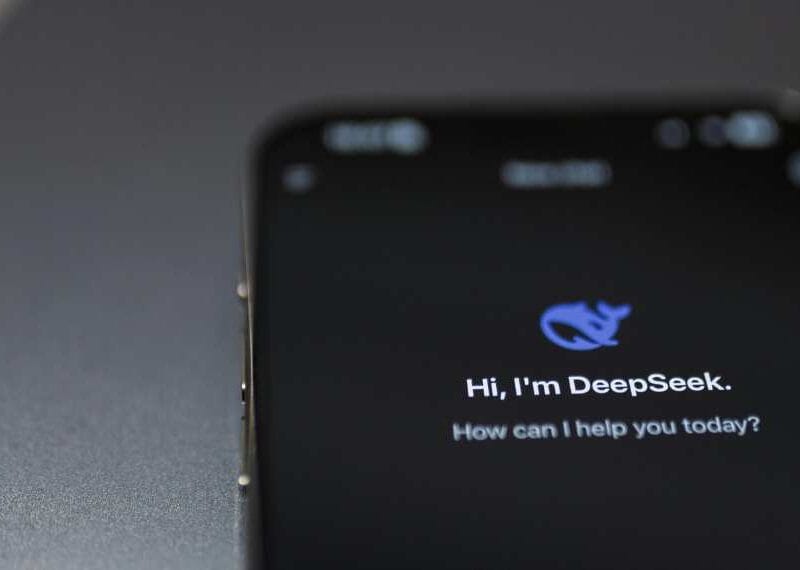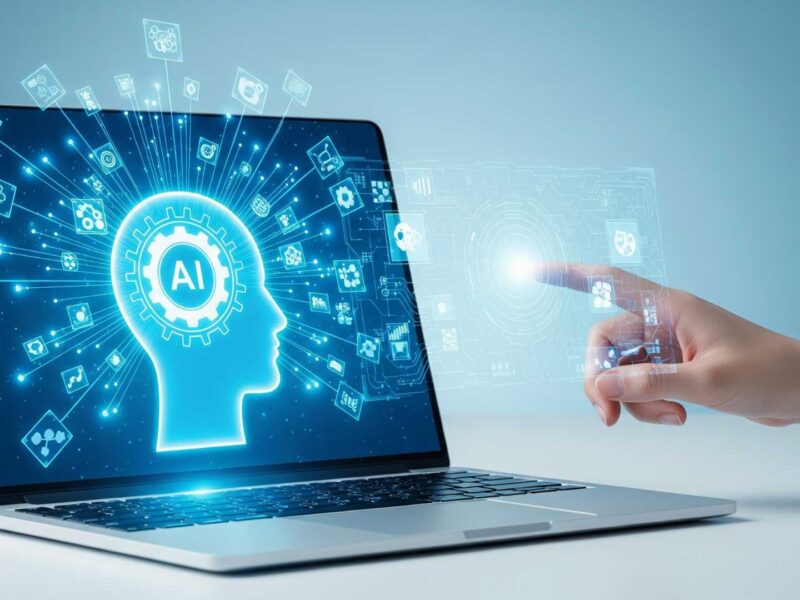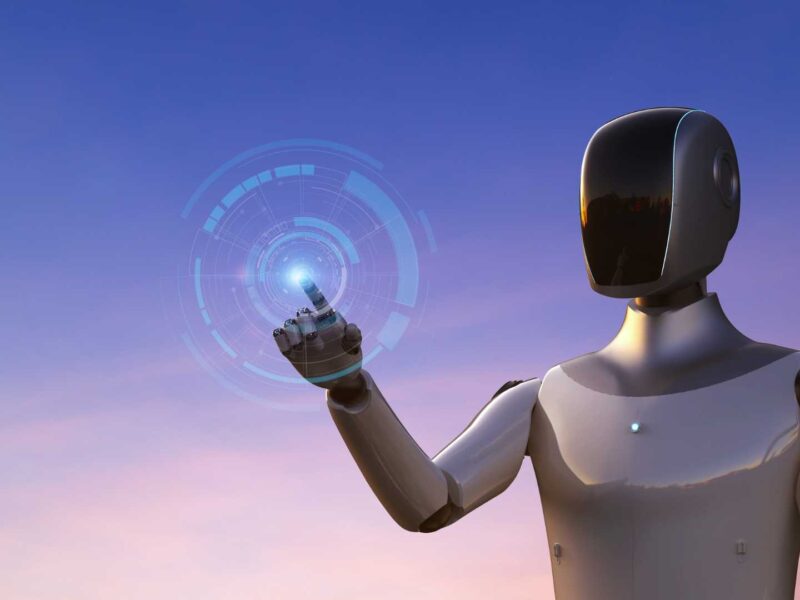AI Innovations: The Ones Under the Radar
AI headlines dazzle, but practical tools reshape daily work.
This Techronicler article compiles standout innovations from business leaders, thought leaders, and tech professionals that blend flash with function.
Experts praise Microsoft 365 Copilot for slashing search time 26 minutes daily, voice cloning for multilingual support, and generative code assistants accelerating dev cycles.
They highlight real-time event platforms cutting city response 83% and context-aware assistants boosting productivity.
These aren’t just demos—they’re live deployments driving measurable ROI, happier teams, and new revenue streams.
In 2025’s AI surge, these innovations prove impact trumps hype, turning experimentation into efficiency while preserving human creativity and ethical grounding.
Read on!
Copilot Saves 26 Minutes Daily
We try plenty of shiny tools, but Microsoft 365 Copilot is the first that earned a permanent slot.
Because it lives inside Word, Outlook and Teams, the team can draft text or search company files without hopping between tabs.
The biggest win is search. Instead of crawling through old threads or slide decks, we ask Copilot and reach the right file in seconds.
A UK government pilot with 20,000 civil servants saw the same effect where users saved about 26 minutes a day, and 82 percent said they wouldn’t want to go back to life without the tool.
We’re seeing similar gains: Monday stand-up notes arrive pre-written and new hires ramp faster, which frees the budget for actual campaign work.
It’s not perfect; tone can skew a bit chipper, so we still give each draft a quick polish. But for day-to-day work, it’s a genuine time-saver.

Isaac Bullen
Marketing Director, 3WH
Context-Aware Assistants Crush Chaos
One compelling and practical AI innovation I’ve observed is the rise of context-aware AI assistants in knowledge-intensive workplaces.
With more rigid virtual assistants, these new systems go beyond simple command-and-response.
They leverage advanced natural language understanding, machine learning, and integration with various enterprise systems (CRM, project management, communication platforms) to understand the context of a user’s work.
For instance, an AI assistant can automatically pull up relevant client information during a sales call, draft meeting summaries by analyzing conversations, or proactively suggest next steps in a project based on its current status and team members’ roles.
This is “flashy” because it mimics human intuition and proactivity, and “practical” because it significantly reduces time spent on administrative tasks, boosts information recall, and allows employees to focus on higher-value, strategic work, ultimately enhancing overall productivity and decision-making.

Gyan Chawdhary
Vice President, Kontra Security Compass
Search Everywhere Revolution Ignites
One of the most transformative AI innovations emerging for 2025 is the complete convergence of search engine optimization, social media marketing and paid advertising into a unified campaign, which is often called Search Everywhere Optimization.

Dhawal Shah
Co-Founder & Managing Director, 2Stallions Digital Marketing Agency
Scenario Sparks Game Dev Magic
One AI innovation that genuinely impressed me is Scenario, a generative AI platform for game developers that automates asset and level design.
Unlike vague “creative” tools, Scenario delivers focused, usable outputs trained on your own art style or asset library.
It’s flashy, yes, but its real strength is practicality: it drastically cuts down development time while preserving artistic intent.
For indie studios or browser game developers like us, this means smaller teams can produce polished games faster without compromising vision or style.
It’s a glimpse into how AI can elevate, not replace, creative work by streamlining the grunt work. In my view, that’s the ideal intersection of flash and function.
Smart City AI Slays Vandalism
One of the most practical and eye-catching AI use cases comes from Opelika, Alabama, where the city partnered with Vantiq to turn a persistent public safety issue into a smart city showcase.
It started with a simple but costly problem: students pouring bubbles into the city’s downtown fountain, causing tens of thousands of dollars in damage.
Using Vantiq’s real-time event-driven platform, Opelika deployed AI-powered cameras that detect bubbles and automatically trigger city response — including shutting down the fountain to prevent damage.
That initial project evolved into a unified smart city platform, now powering everything from pool safety monitoring and weather alerts to crowd tracking and pollution detection.
With Vantiq, Opelika cut vandalism by 83% and reduced response times to 50 seconds — more than twice as fast as the national average.
It’s a standout example of how agentic AI can solve real-world problems while supporting long-term smart city growth.
AI Turns Routine into Rocket Fuel
I believe one of the most exciting AI innovations I’ve seen lately is how companies are using it to streamline operations and enhance decision-making.
For example, AI tools can analyze vast amounts of data quickly, giving businesses insights they might overlook otherwise. This not only saves time but also allows teams to focus on more strategic tasks.
In my opinion, the real game-changer is the way AI can improve employee experiences too.
By automating routine tasks, employees can spend more time on creative or complex problems, fostering a more engaged and satisfied workforce.
So, while flashy AI solutions grab attention, it’s the practical applications within workplaces that truly matter.
They can reshape industries, making processes more efficient and boosting overall productivity.
Honestly, it’s an exciting time to see these innovations take shape!

Ryan Grambart
Founder & President, World CopperSmith
Code Assistants Supercharge Dev Speed
The rise of generative AI-powered code assistants is one of the most exciting new things in AI.
These tools not only help developers write code faster, but they also make the code better by suggesting best practices, finding bugs early, and automating tasks that need to be done over and over again.
This useful use of AI is changing the way software is developed by speeding up the time it takes to get to market and making it easier for teams to work together.
Its ability to work in many different fields, from fintech to healthcare, where fast and reliable software deployment is very important, is what makes it so valuable.
This combination of speed and accuracy is a great example of how AI can help with everyday problems at work.

Arun Dhanaraj
Vice President of Cloud Practices, Mizuho
Voice Cloning Delivers Global Wow
One AI development that amazed me is real-time voice cloning incorporated into customer support workflows.
In our exploration of a tool, we were able to transcribe live calls, translate in real-time and deliver responses with a branded voice in multiple languages.
What started out as a flashy feature turned into a value-add in practice, it helped us streamline support processes, and build relationships with our non-English-speaking users.
It’s a great example of AI that feels like science fiction but delivered true and immediate value for our communications problems!
On behalf of the Techronicler community of readers, we thank these leaders and experts for taking the time to share valuable insights that stem from years of experience and in-depth expertise in their respective niches.
If you wish to showcase your experience and expertise, participate in industry-leading discussions, and add visibility and impact to your personal brand and business, get in touch with the Techronicler team to feature in our fast-growing publication.














